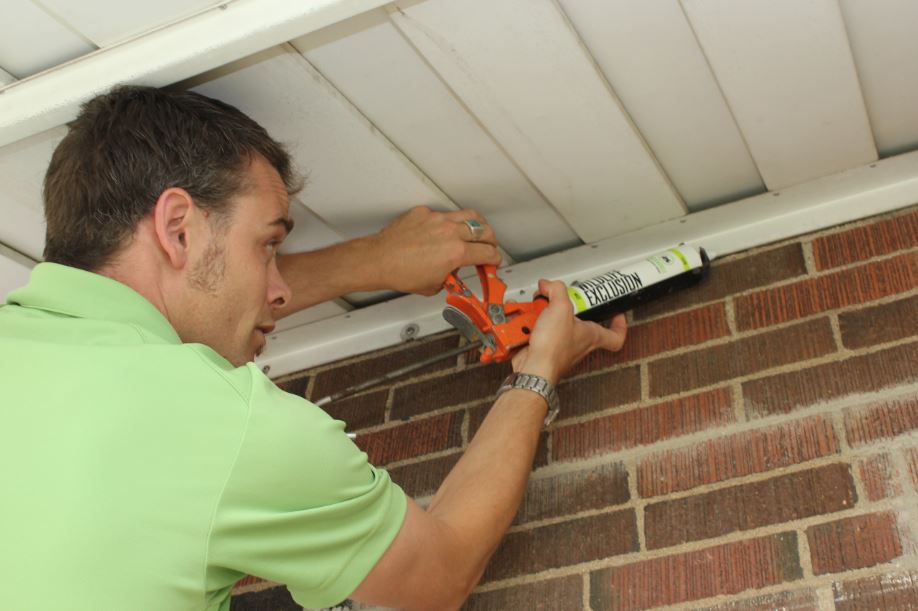The last thing you want to search for at midnight on a weeknight is “how to get rid of mice in walls.” Rodents in the home mean risks of disease, infections, food contamination, and so much more. No one wants rodents invading their space, but some people might think one harmless little mouse is okay if it doesn’t reproduce. The problem is that when you see that one little mouse, you likely already have a significant problem, and it won’t be long before that problem turns into an infestation.
5 Reasons To Prevent Rodents in the Home
While mice and rats may not live in the cleanest environments, they are meticulously clean animals. The rodents clean themselves for several hours daily. Still, while their fur coats might be shiny and soft, they present health and safety risks. If you are tempted to let a wild rodent live alongside you, consider the risks they present to you, your family, and your pets.
1. Damage
Mice and rats have an ongoing need to chew. Their teeth never stop growing, resulting in the urge to gnaw and chew things. If the animal does not file its teeth through this destructive activity, the teeth can grow through its mouth or interfere with its ability to eat.
Rodents chew on anything: wood, aluminum, plastic, etc. They do not discern between safe and unsafe objects, so they often chew through live wires or structural beams. If a rodent population grows out of hand, your house will become a fire and safety hazard.
Besides the damage from gnawing on various objects, rodents defecate and urinate all over your property. By using your house as a restroom, they create odours and health risks.
2. Disease
Leptospirosis, lymphatic choriomeningitis, hantavirus pulmonary syndrome, and salmonellosis are all diseases rodents are known to transmit and spread. They can transmit these illnesses through bites, scratches, droppings, or urine. The animals also carry ticks and fleas, which can also have and transmit diseases.
3. Rapid Reproduction Cycle
Mice can reproduce every 21 days. The female mouse has between 10 and 25 litters per year, with each litter bringing between three and 14 pups. Pups reach sexual maturity between four and seven weeks of age. With those numbers, it is not difficult to see how a small population of rodents can multiply into the hundreds within a few short weeks.
4. Food and Item Contamination
Mice look and crawl everywhere for food, from the attic to the bathroom and the pantry. While crawling around your home, they also step through their urine and droppings. The animals then walk over your food, counters, clothing, furniture, etc. Everything they walk on can become infested with bacteria, making it dangerous to eat and function in your house.
5. Infestation Control
Rodents reproduce quickly and establish colonies in the least traveled areas of your home. Once a population becomes an infestation, it is nearly impossible to resolve the issue without professional help.
Professional Versus DIY Methods
Many homeowners, to save money, will resort to DIY methods: traps and poisons. Not only are these methods inhumane and dangerous to children and pets, but they are also ineffective. Homeowners will often waste valuable time and money on these strategies, allowing the infestation to get further out of control.
A professional and humane wildlife control service can act quickly and efficiently to exclude the rodents from your property and seal all entry points to prevent future problems. The service can also clean your home to ensure your family is not at risk of bacterial infections and diseases.
Hire Skedaddle Humane Wildlife Control
Are you in need of mice removal in Okanagan? Our team is trained and guaranteed to solve your rodent problem. Using a trusted three-step process, our technicians will clean up the mess rodents leave behind and seal up every entry point they could use to gain access in the future. Contact Skedaddle Humane Wildlife Control and schedule a home and property assessment at the first signs of rodent activity.



